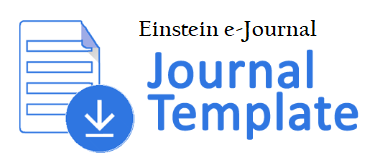DETERMINATION OF FAULT PATTERNS AND SUBDUCTION PATTERNS IN THE NORTH SUMATERA REGION USING THE DOUBLE DIFFERENCE METHOD (HYPODD) FOR THE 2023 EARTHQUAKE
DOI:
https://doi.org/10.24114/eins.v13i1.65334Abstract
Earthquakes are caused by the meeting of the two plates, namely the Indo-Australian plate and the Eurasian plate, the meeting of these two plates can also cause the occurrence of fault fault planes and subduction subduction with different depth levels. This study was conducted to see how the pattern of the fault fault plane and subduction subduction pattern that became one of the parameters to determine the depth of the epicentre after and before the relocation process, using the hypodd program format and ph2dt output results through anaconda prompt in the double difference method process, so that the results obtained from the relocation of the earthquake hypocenter in 196 earthquake events were only 127 earthquake events that could be relocated. Based on the relocation results using the double difference method, it can also be seen that earthquake events are more in the fault pattern with a depth level of 1-50 km, compared to the subduction pattern with a depth level of 60-200 km which is not too many earthquake hypocentres, so it can be said that the earthquake event in the North Sumatra region in 2023 is included in the shallow earthquake category.Downloads
Published
How to Cite
Issue
Section
License
Copyright (c) 2025 EINSTEIN (e-Journal)

This work is licensed under a Creative Commons Attribution-NonCommercial 4.0 International License.
Authors who publish with this journal agree to the following terms:
- Authors retain copyright and grant the journal right of first publication with the work simultaneously licensed under a Creative Commons Attribution-Non Commercial 4.0 License (CC BY-NC) that allows others to share the work with an acknowledgement of the work's authorship and initial publication in this journal for non commercial purposes.
- Authors are able to enter into separate, additional contractual arrangements for the non-exclusive distribution of the journal's published version of the work (e.g., post it to an institutional repository or publish it in a book), with an acknowledgement of its initial publication in this journal.



